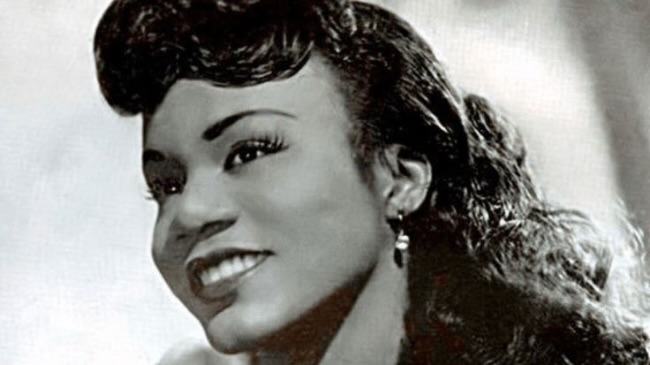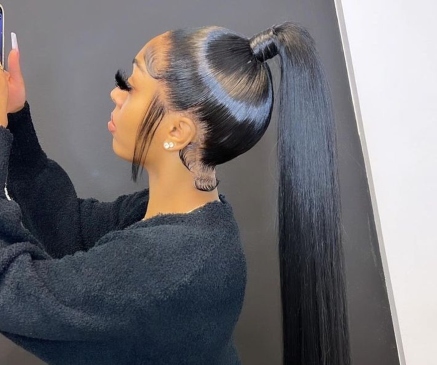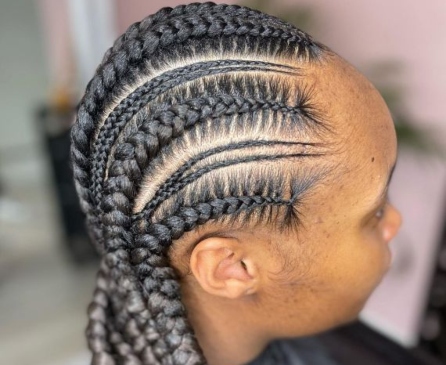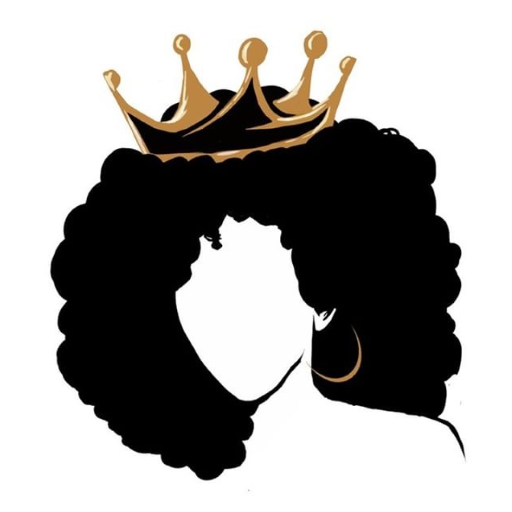Christina Jenkins is credited with one of the most groundbreaking innovations in the hair industry—the sew-in weave technique.
Her invention transformed hair styling, offering a protective and versatile way for women to achieve longer, fuller hair.
Today, sew-in weaves remain a popular choice for people looking to enhance their hair without excessive heat or chemical treatments.
How Christina Jenkins developed the sew-in weave
In the 1940s, Christina Jenkins, a talented hairstylist and inventor, sought a better way to attach hair extensions securely. At the time, most hairpieces were attached using pins, clips, or glue, which often caused discomfort and damage to the natural hair.
While working at a wig manufacturing company and later establishing her own salon, Jenkins developed a technique that involved braiding the natural hair into cornrows and sewing the hair extensions onto the braids using a specialized needle and thread. This method provided a secure, long-lasting, and natural-looking alternative to traditional hair attachments.
Patent and recognition for her invention
In 1951, Christina Jenkins patented her “Hair-Weev” technique, securing her place in history as the pioneer of sew-in weaves. Her patent allowed her to teach the technique to stylists across the United States and internationally.
Through demonstrations, training programs, and collaborations, Jenkins introduced her method to salons and beauty professionals worldwide. Her invention quickly gained popularity, particularly in the Black hair care industry, where women sought protective styles that would allow their natural hair to grow without excessive manipulation.
The impact of sew-in weaves on the hair industry
Jenkins’ sew-in technique revolutionized hairstyling by providing a method that:
• Offered a protective style – By keeping the natural hair braided underneath, sew-in weaves minimized heat and chemical damage.
• Provided versatility – Women could experiment with different hair lengths, textures, and colors without altering their natural hair.
• Increased longevity – Unlike clip-ins or glued extensions, sew-in weaves lasted weeks, making them a convenient, low-maintenance option.
Christina Jenkins’ legacy in the beauty industry
Although Jenkins passed away in 2003, her contributions to the hair industry continue to influence modern hairstyling. The sew-in weave remains a go-to method for protective styling, hair transformations, and creative expression.
Her pioneering work paved the way for advancements in hair extension techniques, inspiring countless hairstylists and entrepreneurs in the beauty industry. Christina Jenkins’ legacy is a testament to the power of innovation and its lasting impact on beauty and culture.





